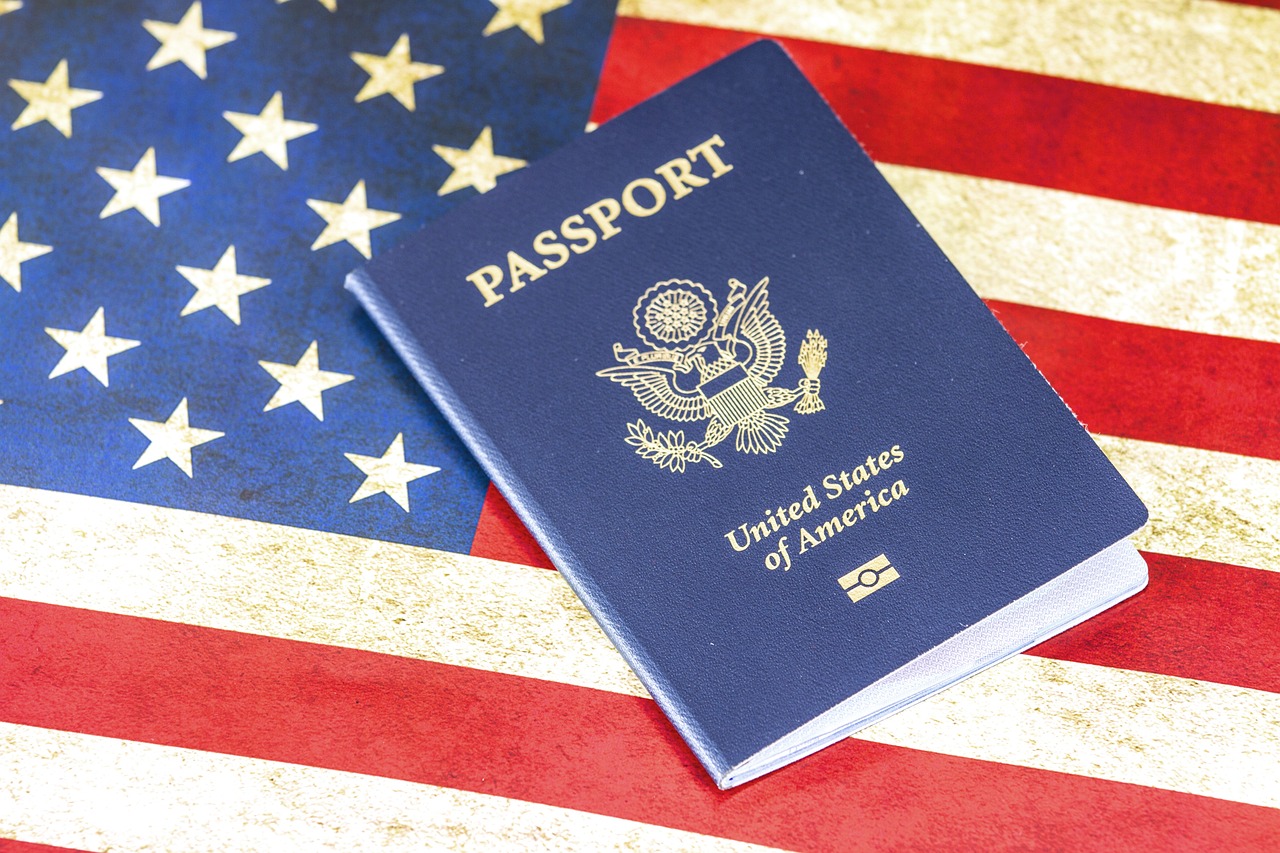Introduction
Innovation and expansion are the backbones of all companies, driving the United States economy to continual developments in technology, health, finance, and more. The L-1 Visa for business expansion allows foreign businesses to expand and create U.S. offices. The L-1 Visa grants qualifying business professionals (executives, managers, etc.) the right to work in U.S. offices, branches, or affiliated businesses.
For growing businesses and their workers, the L-1 visa is a great way to expand while allowing their workers to be on the front lines of growth. To break it down, the L-1 visa is a non-immigrant visa that allows foreign organizations to send employees to their U.S. branches, subsidiaries, affiliates, etc. Because of the varying circumstances for companies to send over workers to the U.S., there are two different categories of the L-1 visa: the L-1A and the L-1B.
While this article provides valuable insights, remember it does not constitute legal advice. For personalized assistance with your immigration situation, please consult an immigration attorney. If you would like to speak with our lawyer, our customer care representative will happily arrange a call for you.
Who Qualifies for the L-1 Visa: Eligibility and Requirements
Are you part of a growing organization and think the L-1 visa is a good fit for you and your company? Let’s break down how the eligibility requirements work:
Not only do employees need to meet specific requirements, but employers also do. Employers petition for the L-1 visa on behalf of their employees, meaning that employers and employees both need to meet the following requirements.
Employer Qualifications:
- Must have a qualifying relationship with a foreign country
- Currently or will be conducting business as an employer in the U.S. and at other country directly or through a qualifying organization
- Has secured a physical location for the new U.S. office
- The Intended U.S. office will support an L-1 managerial or executive position within one year of the petition’s approval.
- Must be actively doing business in a foreign country – having a location with no activity will not suffice.
- Must be ready to support financially a new office
Employee Qualifications:
- Must have worked in the company’s foreign office in a similar role for at least one year within the three years before transferring (Please note: Time that was spent in the U.S. is not counted towards this year’s requirement even if the U.S. trip was for the same company)
- There are two different types of L-1 visas, but there are two other requirements. To qualify for a:
- L-1A visa: The Employee must be an executive or managerial Employee
- L-1B visa: The Employee must have specialized knowledge and skills of the organization’s operations
- Must be transferring within the same company (including its subsidiaries or affiliated organization)
- Once transferred to a U.S. location, the employee must work in a similar role or capacity.
Required Documents:
There are various documents that the employer and employee will need when submitting the petition. Here are a few examples of the documents you will need when applying:
- The organization’s information (both U.S. and Foreign Office) – like organizational chart, evidence confirming registration of the entity, office lease, etc
- Business Plans for the U.S.
- Employees work history (paystubs, contract confirming employment)
- Copies of Employees Passport
Understanding the Differences Between L-1A and L-1B Visas
To better understand the L-1 classification, two different L-1 visa types fall under the L-1 classification: the L1A visa and L1B visa. Each visa type has its specific requirements and differences.
L-1A Visa
The L-1A visa is for employees working in an executive or managerial role. It gives the holder the right to work in the U.S. for up to 7 years. To qualify for this specific visa option, the employer must show that the employee will:
- Work in a managerial or executive role while in the U.S.
- Holds the necessary experience and qualifications to take on this role in the U.S. successfully
- Was working for the company back home for at least 1 year
As an executive, the employee must demonstrate that in the home country company was responsible for:
- Direction of management of the organization
- Establishing goals and policies for the company
- Received only general supervision from higher-level executives, board of directors, or stockholders
As above, a manager (or similar role), the employee must demonstrate:
- Management of the organization or a department, subdivision, or component of the organization
- Supervise and control the work of other supervisory, professional, or managerial employees within the company
- Have the authority to hire or recommend talent as well as other personnel functions
- Show discretion and direction over day-to-day operations and employees
L-1B Visa
The L-1B visa is primarily for employees with specialized knowledge of the organization’s functions, procedures, and services that will help drive success in the branch or subsidiary they are transferring to. This visa gives the employee the right to work in the U.S. for up to 5 years.
As an employee with specialized knowledge, the employee must demonstrate:
- Specific knowledge of the organization, whether product, function, service, etc.
- Having advanced knowledge of the company’s processes and procedures
- Be a professional member of the company whose knowledge is crucial to manage a US department
Preparing Your Business for an L-1 Visa Application
As you expand your business to the U.S market, preparation for not only your expansion, but as you begin the L-1 visa process is important to ensure success! To begin the L-1 visa process, the employer will submit the petition to USCIS. Once the application is approved, the applicant will attend a visa interview at the Embassy where the petition was filed.
Here are simplified general step-by-step instructions to help simplify and better understand the L-1 visa process:
- Consult an Immigration Lawyer who can offer their expertise while walking you through the process step-by-step. If you would like to speak with our lawyer, our customer care representative will happily arrange a call for you.
- The employer must complete the I-129 Petition Form for a Nonimmigrant Worker.
- Once the USCIS approves the employer’s application, the employee can file Form DS-160 and a recent photograph that meets the U.S. passport criteria. Once the form is completed, print the submission page to present at the visa interview.
- The employee will schedule their visa Interview after paying their application fee.
- The visa Interview will be held at the U.S. Embassy or Consulate in the country where the employee is applying.
- After the interview, the application will either be approved or denied.
- Within approximately a week of the interview, the employee will receive their passport with an L1 visa Stamp and be allowed to travel to the U.S. to work.
While we provided helpful and simplified insight into the L-1 visa process, this does not constitute legal advice.
Advantages of the L-1 Visa for Business Expansion to the USA
The L-1 visa provides various benefits to both the employer and employee as the organization expands into the U.S. Some of these benefits include:
No Specific Investment Required
Compared to other visa options, the L1 visa does not require a substantial investment in an American company. However, the company should show that it can financially support the new venture. This can appeal to business professionals and entrepreneurs looking into different visa options for business expansion in the U.S. as long as they meet the L1A visa requirements.
Extended Time in the United States
An employee can stay in the U.S. for an extended period of time while holding an L1 visa. Those with an L-1A visa can stay in the U.S. for up to 7 years, while those with an L-1B visa can stay up to 5 years.
Dual Intent
With an L1 visa, employees can remain and work in the U.S. while simultaneously having the intention to immigrate to the United States and become lawful permanent residents in the future. In contrast, other non-immigrant visas (like B1/B2 or E-2 visas) require that you have non-immigrant intent.
These are just a few of the many benefits an L1 visa holds for an employee and a business expanding into the U.S. markets.
How the L-1 visa Affects Tax Obligations for Businesses and Employees
According to the U.S. Effectively Connected Income Law, all non-U.S. citizens and permanent residents must pay taxes on money earned while working within the United States.
If you have resided in the U.S. long enough to meet the Substantial Presence Test, you will be taxed on your worldwide income, not just the money made in the U.S. As an L-1 visa holder, you will be considered a U.S. resident for tax purposes if you meet the substantial presence test.
Impact of Recent Changes in U.S. Immigration Policies on L-1 Visa Applicants
The L-1 visa program has no numerical limitations, meaning that companies can bring many foreign employees to the U.S. if they meet the requirements outlined above. However, with recent restrictions and changes in immigration, fewer L-1 visa applications are being approved than in previous years. The denial rate for L-1 visa applications increased by 15% from 2016 to 2019.
Conclusion
L1 visas help expand businesses into the U.S., grant business professionals a way to enter the United States and drive the U.S. economy forward. As organizations continue to grow and look to open their doors in America, the L1 visa makes that possible and easy to do.
Beyond the immediate benefits to businesses that the L-1 visa provides, it also grants opportunities for skilled executives and professionals to grow their careers, enter the U.S. without investment requirements, and extend their stay in the U.S.
If you want to talk about your case and ability please schedule a call with our customer care team to learn more about how our attorneys can help you.
FAQ
Can family members accompany the L-1 Visa holder?
The spouse and family members of the L-1 visa holder under age 21 are eligible to accompany the visa holder to the U.S. The spouse and family members would obtain an L2 status as dependents and can attend U.S. schools.Can an L-1 Visa be extended?
L-1 visas can be extended under specific requirements depending upon which L-1 visa is held.What types of businesses can use the L-1 Visa?
The L1 visa is limited to employees of multinational companies and must meet the outlined requirements.









